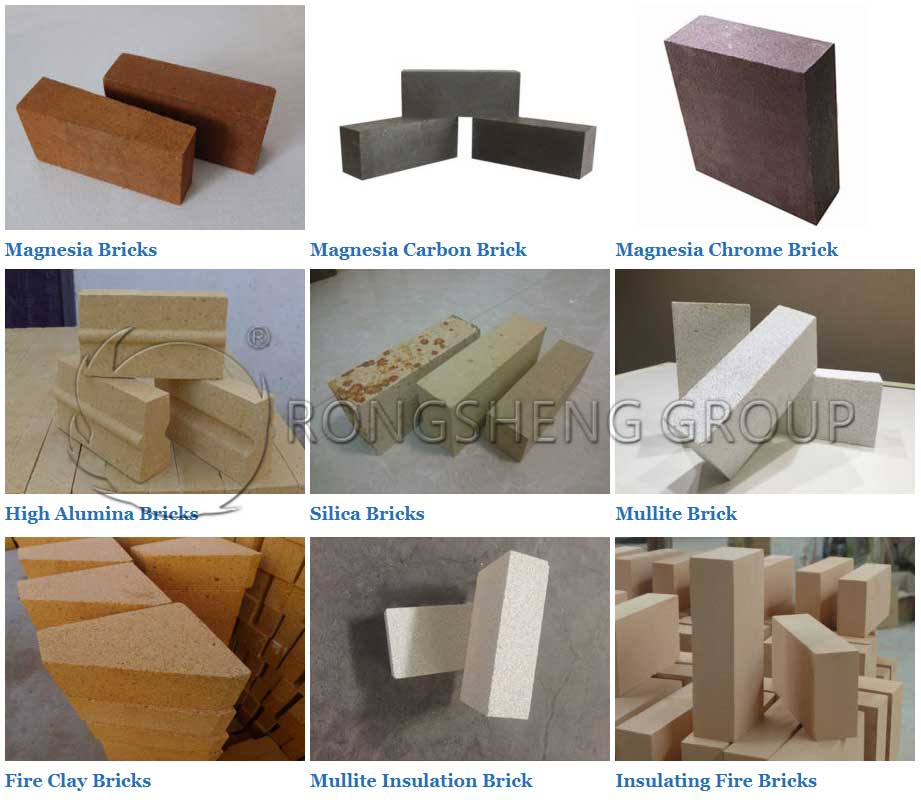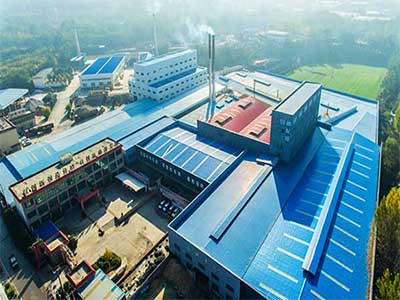Can the color of refractory bricks determine the price of refractory bricks? is this real? Among the customers I have contacted in the past, I have encountered customers who left messages saying that they want to buy red or black refractory bricks from our manufacturer, as well as those who buy white smooth refractory bricks. Similarly, some purchasing managers are obsessed with buying refractory bricks of a certain color. So can the price of refractory bricks be judged by the color?

After specific communication with customers, they found that some of them are looking at the color of our refractory bricks that are very suitable for the color of their crafts, so they want to buy a certain color of refractory bricks. Their needs are not in line with our goal of serving refractory linings for industrial kilns. And when customers learned that we were providing refractory brick materials for the lining of industrial kilns, they stopped insisting. Among the refractory bricks lined with industrial kilns, the color of the refractory bricks reflects the proportion of the refractory raw materials added to a certain extent and has a certain influence on the properties of the refractory materials. Similarly, it also affects the price of refractory bricks.
The Colors of Some Common Refractory Bricks
People who are often exposed to refractory materials can basically judge the material of refractory bricks based on the color. The color of fireclay refractory bricks is generally light yellow or brownish yellow, dark yellow, and there will be brown or black spots on the surface of the brick. This is generally a spot formed by impurities in the refractory raw material after being fired at a high temperature. The color of high-alumina bricks is mostly beige, and even a little whitish. Refractory brick products made of magnesia, graphite, and silicon carbide are mostly blue. Corundum and mullite are mostly white.
High alumina bricks are often used to judge the quality and grade of bricks by color. In fact, the color of refractory bricks with the same index content will also appear inconsistent. This is because there are many factors that affect the color of refractory bricks.
- ① The bricks are unreasonably stacked when loading the kiln car, and the sparseness and unevenness cause the flame to not uniformly heat all the bricks. The bricks are heated unevenly during preheating, and the moisture of the refractory bricks cannot be completely eliminated and enters the firing zone, causing some refractory bricks to appear different in color and light.
- ②The processing temperature of refractory bricks is not well controlled, resulting in too much fluctuation of the firing temperature, which will make some parking spaces have high temperatures and some low temperatures.
- ③If the pulling force of the smoke exhauster is too large, when the flame cannot reach the top of the kiln, it will be pulled out of the high-temperature zone by the pulling force in a horizontal direction, causing the temperature difference between the top and the bottom to be too large. The temperature difference of the fired refractory bricks can reach 50 degrees so that sometimes the lower part sticks and deforms to produce waste products, but the upper part still does not reach the sintering temperature.
In addition to the influence of the process during the firing process, after the refractory bricks are discharged from the kiln, with the influence of the storage time and storage environment, some chemical reactions will gradually occur on the surface of the refractory bricks, which will eventually cause the color difference of the refractory bricks.
There are more factors affecting the appearance and color of fused-cast refractory bricks, such as the oxidizing atmosphere and reducing atmosphere when the batch material is melted, and the degree of solubility of impurities during the conversion process.

How Can I Buy High-Quality Refractory Bricks?
Having said that, what should be the standard when buying refractory bricks? First of all, we must know that there are corresponding national standards for the appearance of refractory brick products. “GB/T 10326-2016 Inspection Method for Dimensions, Appearance, and Section of Shaped Refractory Products”, this standard is required from the appearance of refractory bricks.
Secondly, when we buy refractory bricks, we must look at the content of the material, the main material, and the content of impurities. Because generally, shoddy manufacturers will make a fuss about the ratio of raw materials and materials, such as materials with a low main material content, such as the wrong proportion of materials, such as materials with more impurities, and so on. After this type of brick is produced, the surface will generally be rougher and the color will be uneven. The purchaser may require the supplier to provide the inspection report or quality certificate of the goods at the time of purchase. The test report of refractory bricks can reflect the content, porosity, refractoriness, load softening temperature, compressive strength, and other values of this batch of bricks.
Finally, in addition to the content detection, because refractory bricks also involve bulk density, specifications, and dimensions. Therefore, some manufacturers also have unit weight or body density requirements when purchasing. Because, based on the unit weight, we can also make a rough judgment on the quality of refractory bricks.
To learn more about the recognition and identification of the color of refractory bricks, please start with the basic knowledge of refractory materials. Our blog not only introduces our products to you but also introduces you to the relevant knowledge of refractory materials at any time. Please pay attention to our blog to know why there are black spots, black hearts, or cracks in refractory bricks at any time? You can also understand the requirements of binders and additives in the production of refractory bricks of different materials, and so on.